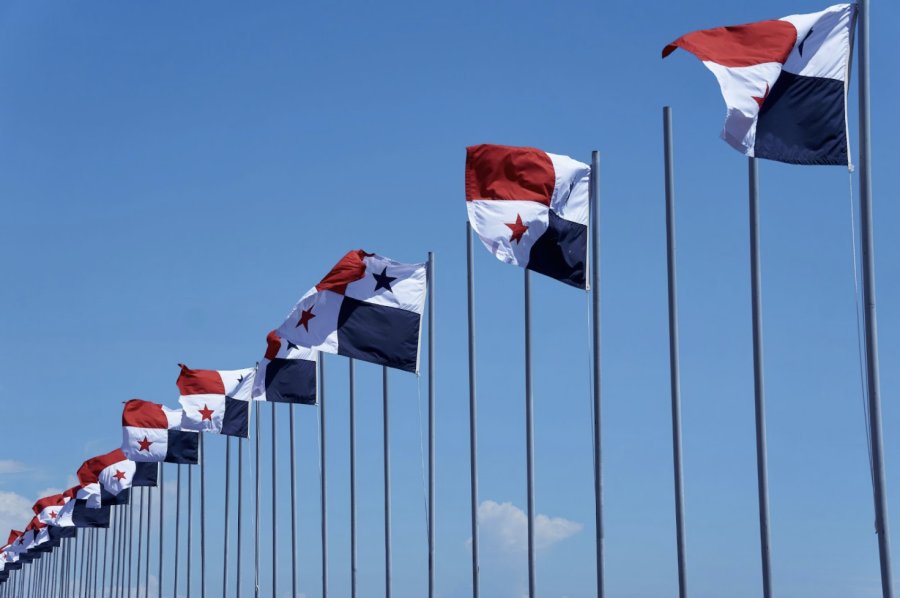United States Impact on the Darien: Migration Flows Fall by 96%

The number of irregular migrants entering the dangerous Darien jungle, the natural border between Panama and Colombia, on their way to the United States, has reached 2,637 so far this year. This represents a 96% decrease compared to the same period in 2024. This figure is a reflection of the policies implemented to reduce the passage of migrants through this dangerous route. The National Migration Service (SNM) reported that, so far, the total number of migrants who have crossed through Darién is 2,637, compared to the 72,294 registered until February 28, 2024. This marks a significant drop of 96%, with 69,657 fewer migrants than the previous year, according to a statement from the SNM.
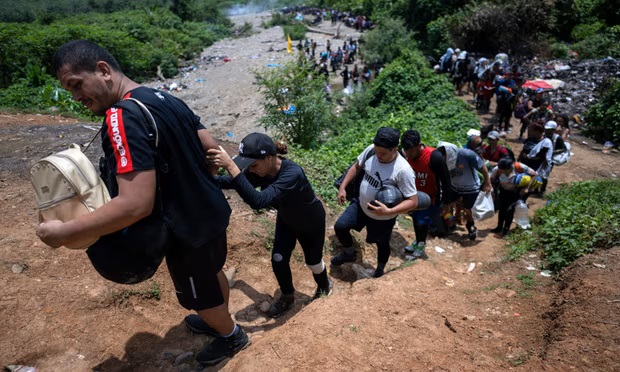
The SNM also reported the deportation of 25 Colombian citizens to Medellin, Colombia, on February 28. Twenty-two of them were subject to administrative sanctions, while three were expelled due to criminal records related to terrorism, illegal possession of firearms and money laundering. An agreement signed between Panama and the United States on July 1, 2024, the same day that President José Raúl Mulino took office, provides for the air repatriation of irregular migrants arriving in Panama, with flights financed by the United States. Since the signing of this agreement, more than 40 deportation and expulsion flights have been carried out.
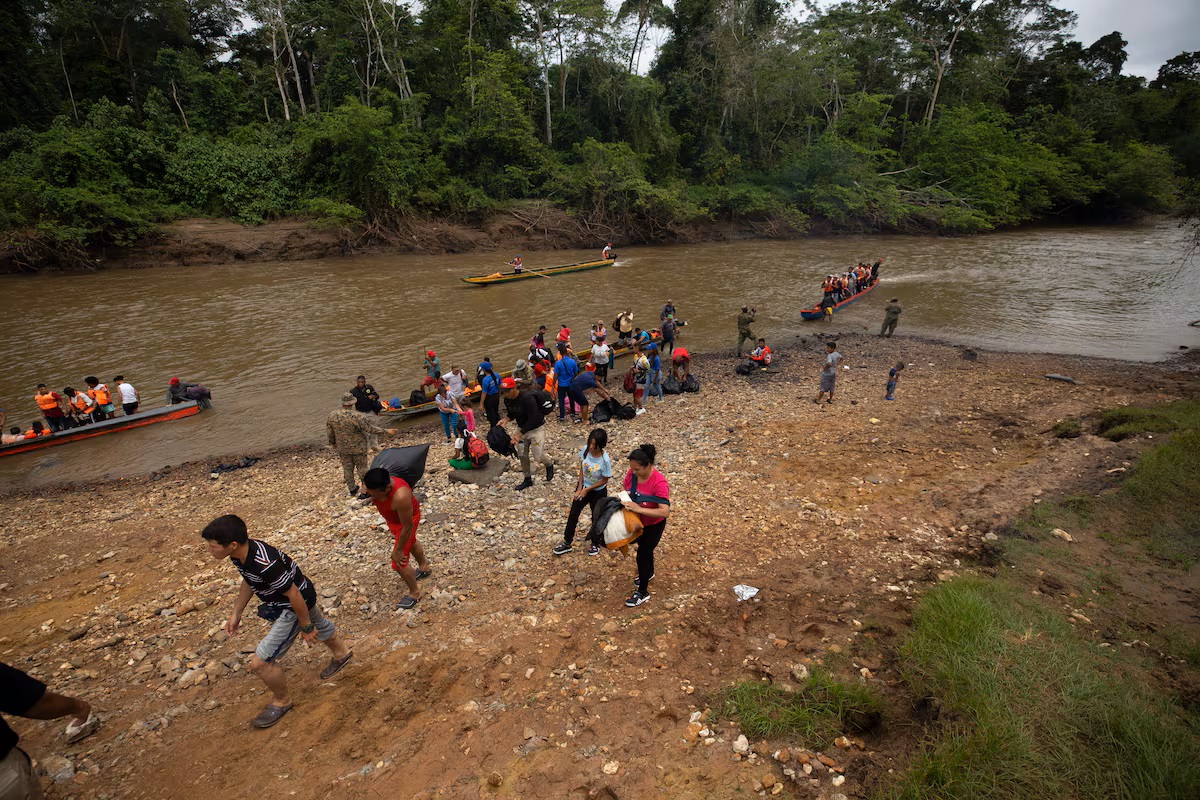
Last year, Panama closed with 300,549 migrants arriving after crossing the Darien, which represents a decrease of 41% compared to the record figure of 511,103 in 2023, according to official statistics cited by President Mulino in his accountability before Parliament on January 2. However, the arrival of Donald Trump to power in the United States and his new immigration restrictions have caused an even greater decrease in the flow of migrants to the north, which has given way to what is known as the “reverse flow.” According to Mulino, this flow of migrants from north to south has increased, with more than 2,000 people on the move entering Panama through the border with Costa Rica in February.
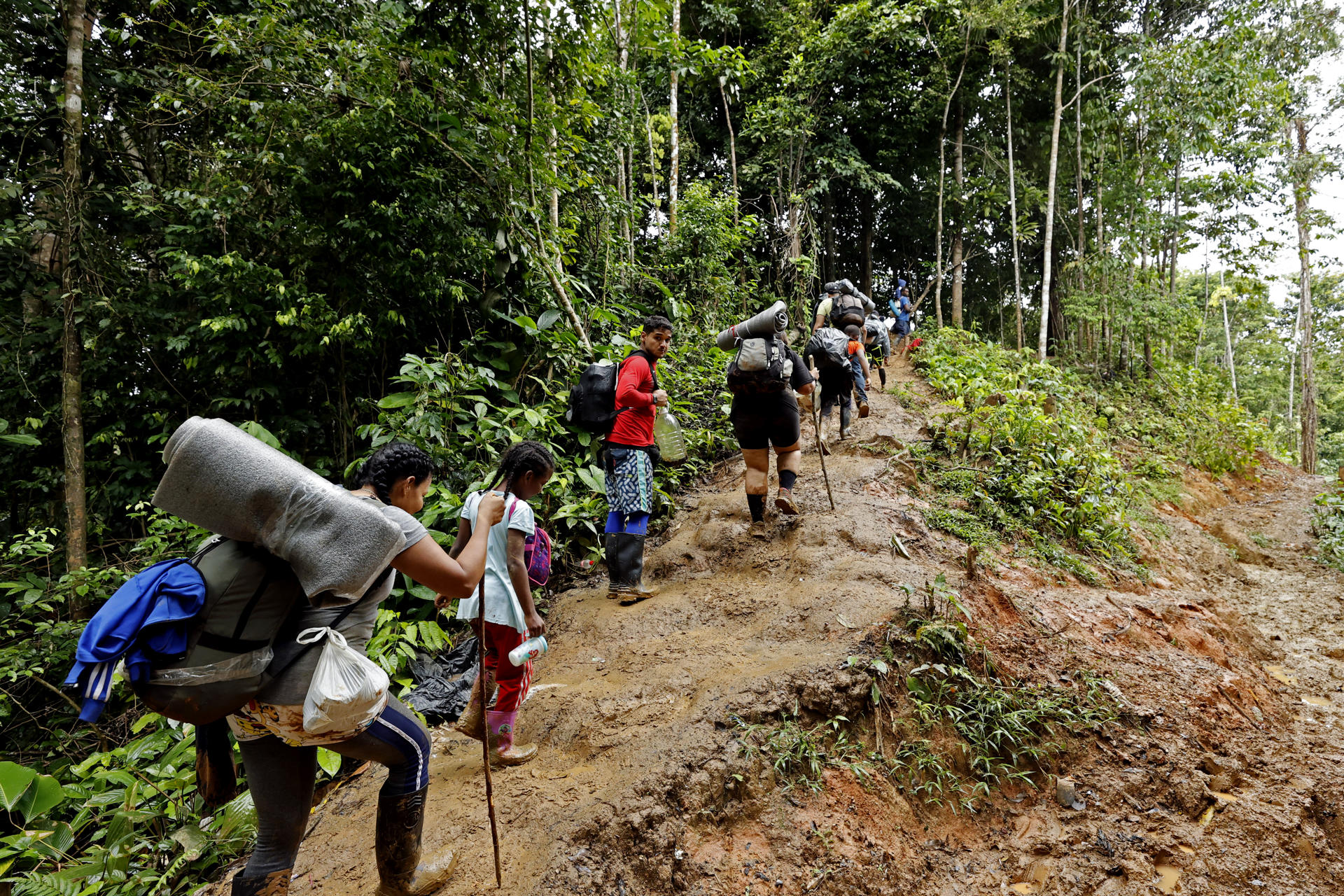
Security Minister Frank Ábrego recently stated that, between November 2024 and February 2025, a total of 2,877 migrants have passed through Panama on their route from north to south. Of these, 391 remained at the Temporary Migrant Reception Station in Lajas Blancas, located in the province of Darien, as of February 23. 95% of these migrants come from Venezuela, while the rest are of Colombian, Peruvian, Chilean and other nationalities. Most of them face a vulnerable situation, since they are not only fleeing the economic crisis, but also violence and persecution in their countries of origin. The migration flow follows a well-defined route: migrants leave Chiriquí for Panama City and then move to reception stations in Darién, such as Lajas Blancas or San Vicente. The most accessible route to Colombia is by sea, starting from the Guna Yala region. Migrants with the resources to cover the trip travel to El Llano, in the district of Chepo, where they take a transport to the port of Cartí. From there, boats from the Guna communities transport them between islands until they reach Puerto Obaldía, on the border with Colombia.
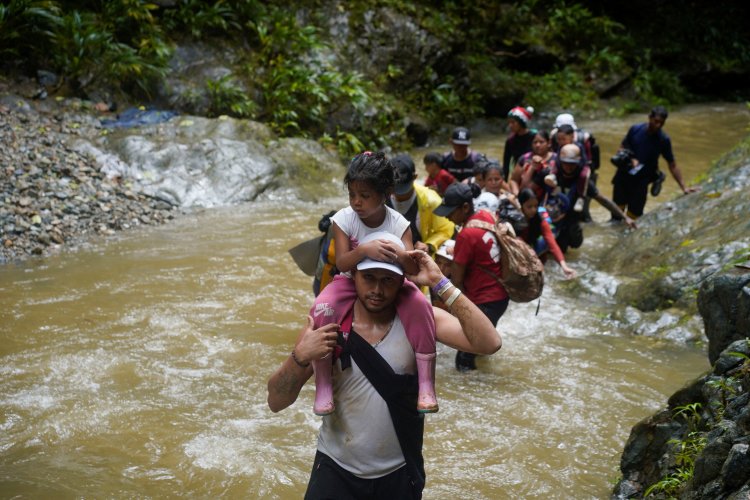
Ábrego explained that the government has designed a structured process to deal with irregular migrants, especially Venezuelans who enter without the corresponding permits. When an irregular migrant is detected, he or she is immediately sent to camps, where they are provided with medical care, food, and a safe place to rest. The objective of this protocol, according to the minister, is to offer support to migrants until they can continue their journey or return to their country of origin. The Panamanian government continues to adjust its policies to balance humanitarian aid with the need to control the flow of migrants. Despite logistical and security difficulties, Panamanian authorities say they are focused on mitigating the human suffering of migrants trapped between borders and restrictive immigration policies.
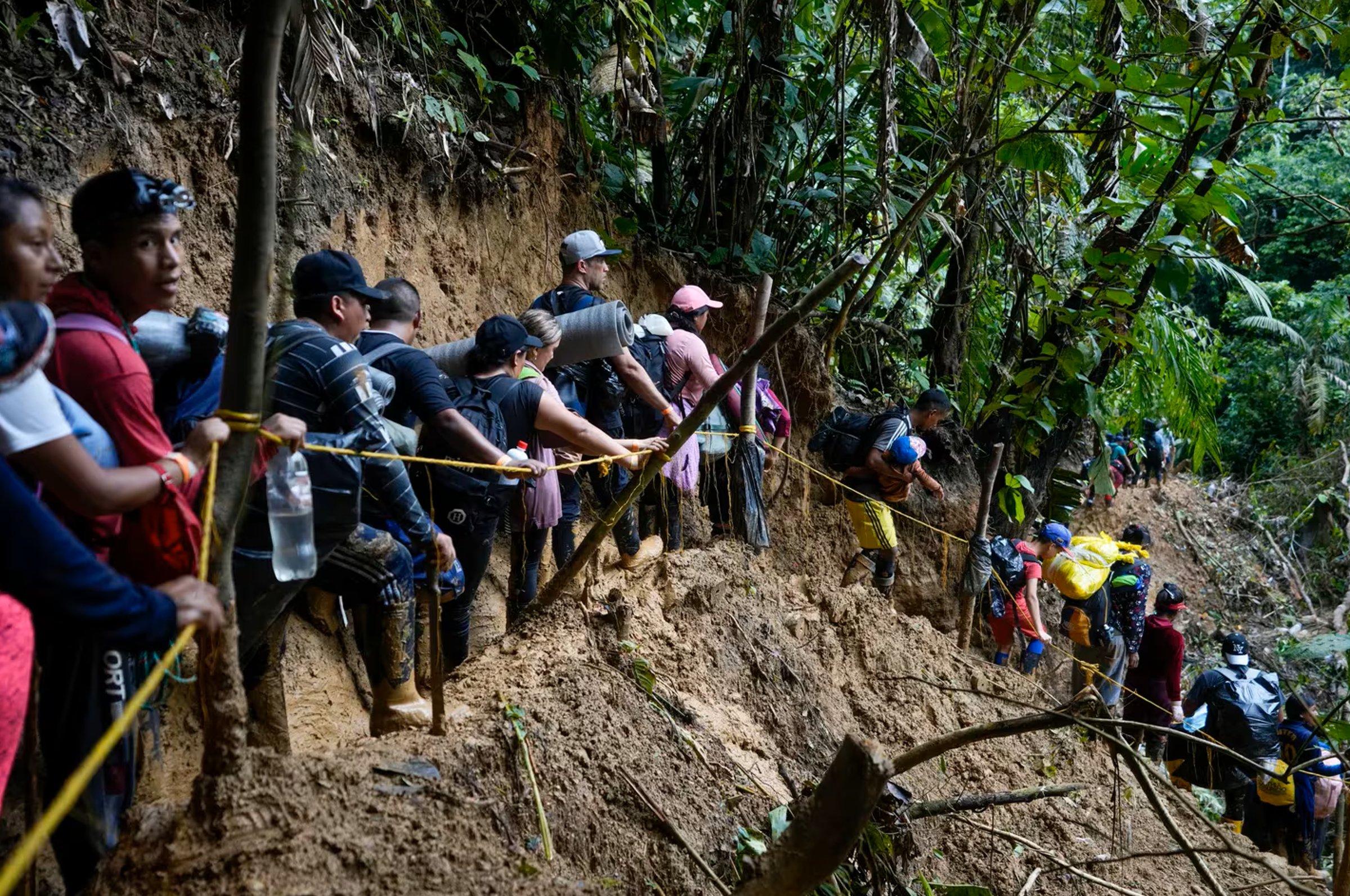
The number of irregular migrants entering the dangerous Darien jungle, the natural border between Panama and Colombia, on their way to the United States, has reached 2,637 so far this year. This represents a 96% decrease compared to the same period in 2024. This figure is a reflection of the policies implemented to reduce the passage of migrants through this dangerous route. The National Migration Service (SNM) reported that, so far, the total number of migrants who have crossed through Darién is 2,637, compared to the 72,294 registered until February 28, 2024. This marks a significant drop of 96%, with 69,657 fewer migrants than the previous year, according to a statement from the SNM.
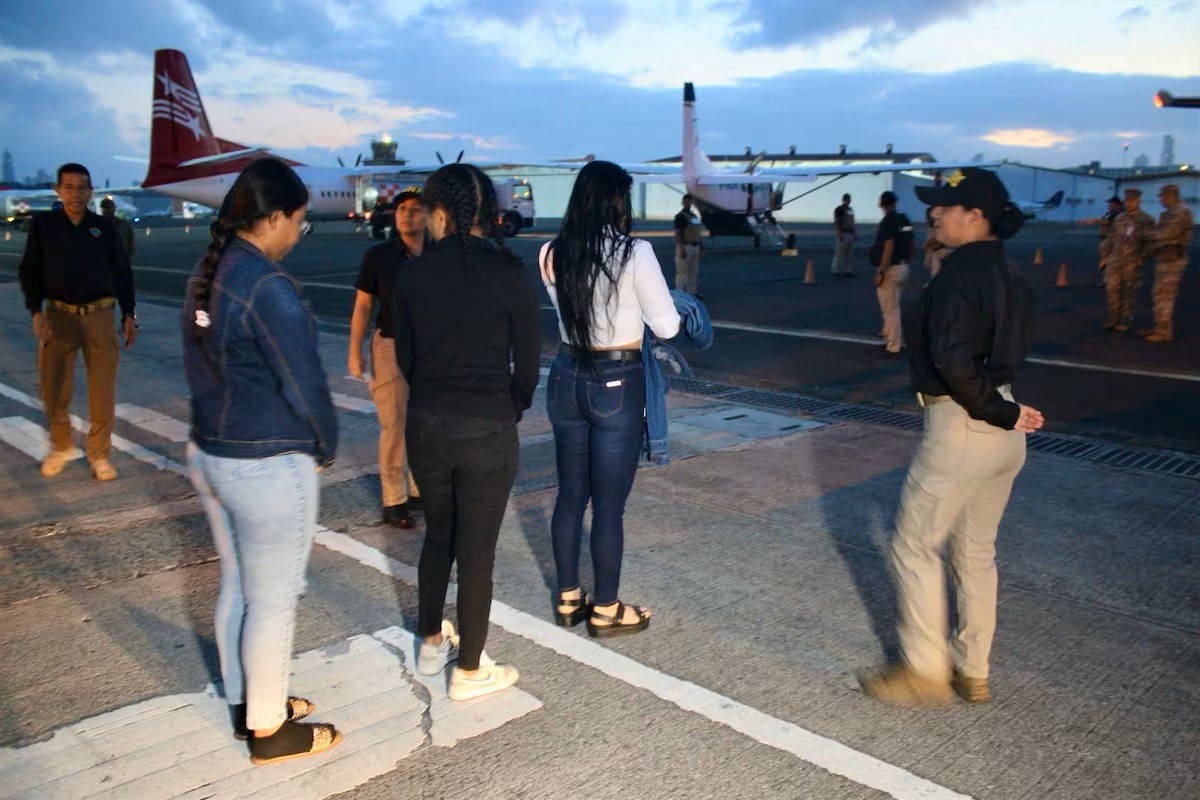
The SNM also reported the deportation of 25 Colombian citizens to Medellin, Colombia, on February 28 as pictured above. Twenty-two of them were subject to administrative sanctions, while three were expelled due to criminal records related to terrorism, illegal possession of firearms and money laundering. An agreement signed between Panama and the United States on July 1, 2024, the same day that President José Raúl Mulino took office, provides for the air repatriation of irregular migrants arriving in Panama, with flights financed by the United States. Since the signing of this agreement, more than 40 deportation and expulsion flights have been carried out.
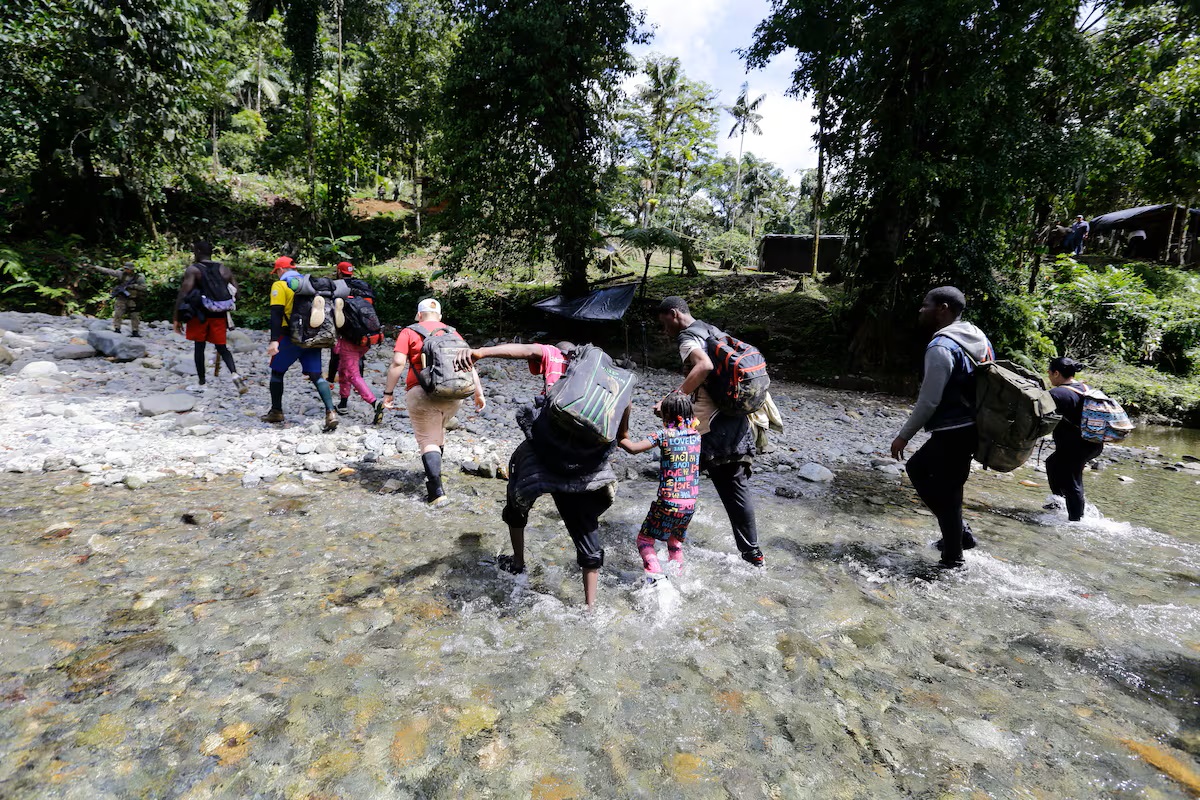
Last year, Panama closed with 300,549 migrants arriving after crossing the Darien, which represents a decrease of 41% compared to the record figure of 511,103 in 2023, according to official statistics cited by President Mulino in his accountability before Parliament on January 2. However, the arrival of Donald Trump to power in the United States and his new immigration restrictions have caused an even greater decrease in the flow of migrants to the north, which has given way to what is known as the “reverse flow.” According to Mulino, this flow of migrants from north to south has increased, with more than 2,000 people on the move entering Panama through the border with Costa Rica in February.
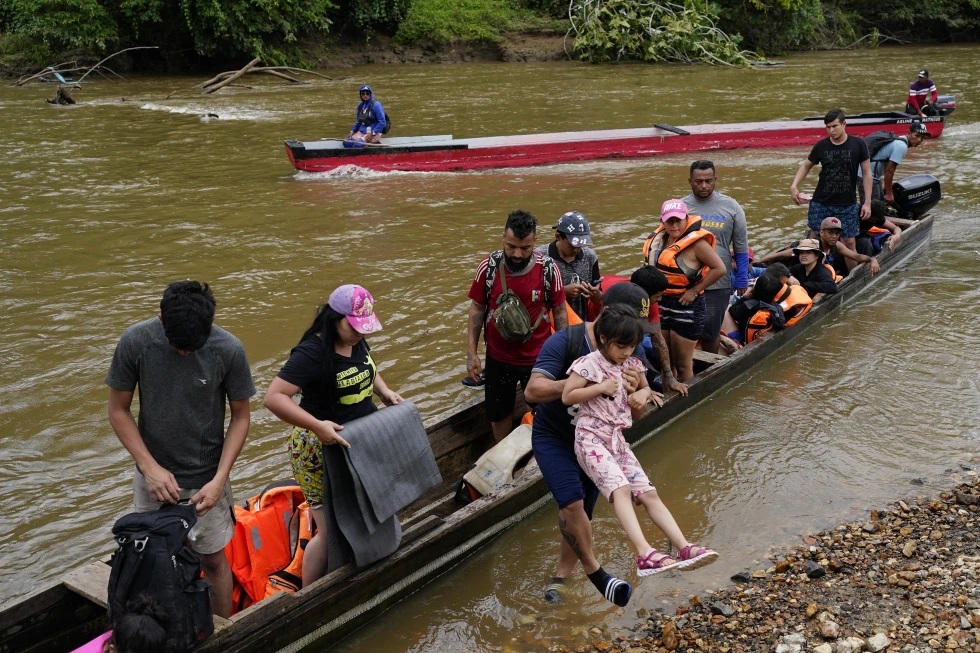
Security Minister Frank Ábrego recently stated that, between November 2024 and February 2025, a total of 2,877 migrants have passed through Panama on their route from north to south. Of these, 391 remained at the Temporary Migrant Reception Station in Lajas Blancas, located in the province of Darien, as of February 23. 95% of these migrants come from Venezuela, while the rest are of Colombian, Peruvian, Chilean and other nationalities. Most of them face a vulnerable situation, since they are not only fleeing the economic crisis, but also violence and persecution in their countries of origin. The migration flow follows a well-defined route: migrants leave Chiriquí for Panama City and then move to reception stations in Darién, such as Lajas Blancas or San Vicente. The most accessible route to Colombia is by sea, starting from the Guna Yala region. Migrants with the resources to cover the trip travel to El Llano, in the district of Chepo, where they take a transport to the port of Cartí. From there, boats from the Guna communities transport them between islands until they reach Puerto Obaldía, on the border with Colombia.
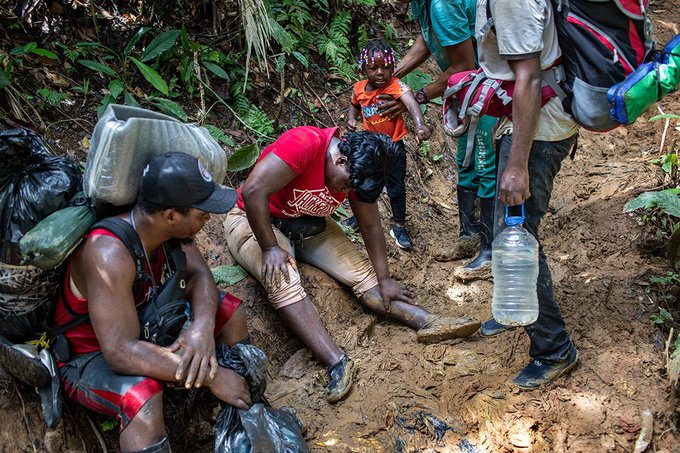
Ábrego explained that the government has designed a structured process to deal with irregular migrants, especially Venezuelans who enter without the corresponding permits. When an irregular migrant is detected, he or she is immediately sent to camps, where they are provided with medical care, food, and a safe place to rest. The objective of this protocol, according to the minister, is to offer support to migrants until they can continue their journey or return to their country of origin. The Panamanian government continues to adjust its policies to balance humanitarian aid with the need to control the flow of migrants. Despite logistical and security difficulties, Panamanian authorities say they are focused on mitigating the human suffering of migrants trapped between borders and restrictive immigration policies.



